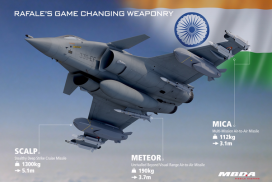At more than $143 million apiece, not including development costs, the F-22 has become a focus of a debate about hedging for large-scale wars versus fighting wars in places like Iraq and Afghanistan. Until April 2009 F-22 has not been used in a war. Air Force Secretary Michael Donley and General Norton Schwartz have hinted of transition from F-22 to F-35. Lockheed Martin’s F-35 Joint Strike Fighter is designed to avoid detection by radar but has less weapons payload capacity and smaller range. The multi-role F-35 is being co-developed with eight countries. Lockheed Martin stopped short of saying whether it would give up its lobbying effort to keep the F-22 production line going. Key F-22 subcontractors include Boeing Co, Northrop Grumman Corp and United Technologies Corp’s Pratt amp; Whitney unit, which supplies the engines. The Air Force’s push to buy up to 381 F-22s had been a major irritant inside the Pentagon. Last June, Gates forced the resignations of then-Secretary Michael Wynne, and General Michael Moseley, then the Air Force chief of staff, amid strains over their drive to buy more for potential conflicts. In February, Schwartz, the Air Force’s current chief of staff, said the service was trimming its request from 381 based on more recent studies. But he said he would not dispute a statement in December by Admiral Michael Mullen, the chairman of the Joint Chiefs of Staff, that it still argued it needed 60 more. All odds are going against F-22, there will be many job loses if F-22 production is stopped.
Menu
Copyright © 2007- 2025 • Defence Aviation • All Rights Reserved. Reproduction without explicit permission is prohibited.



